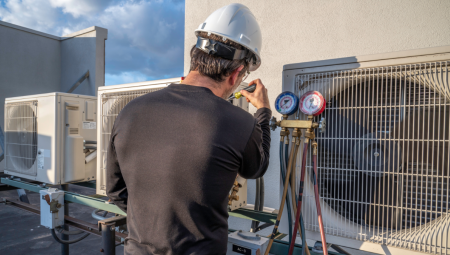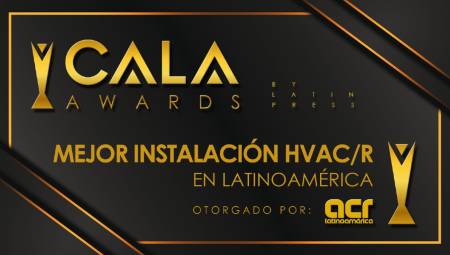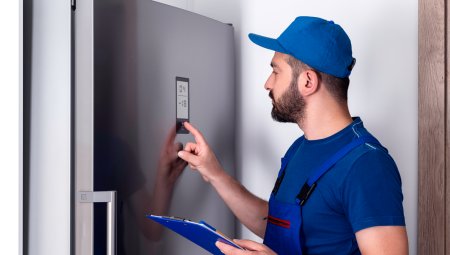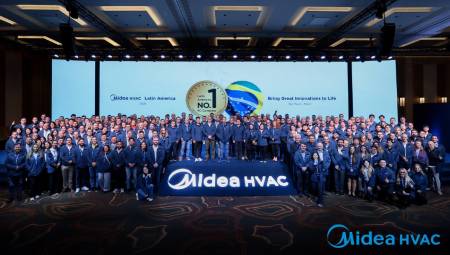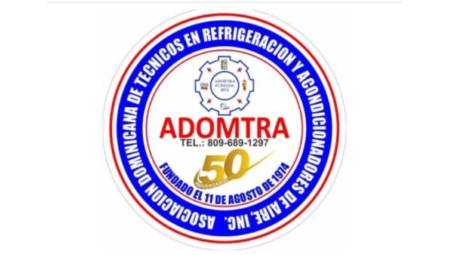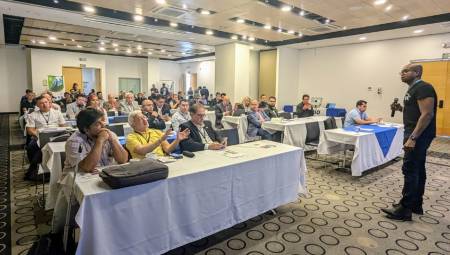Refrigeration in the preservation of food is one of the factors that influences its quality, making it possible for them to have or not all the physical properties and nutritional values they must have. Some products such as soft drinks require refrigeration only in the production process, not in transport or on display, but others such as dairy and meat need a good cold chain to be able to "live".
by Ana María Restrepo
* Physical, chemical, environmental and physiological properties, which determine the choice of materials and measures to ensure the safety of equipment and people.
{mospagebreak}
High quality chickens As we mentioned before, the poultry refrigeration process is not one, but depends on the multiple stages of production, and the way the chicken is delivered to the consumer, in such a way that in this industry different phases and refrigeration systems are carried out. The General Manager of Indisem states that the cooling of the chicken after blanching is done in a chiller, which removes the heat from the chicken with the melting of crushed ice or cold water at 1ºC against flow. Then it goes to the conservation of the refrigerated chicken where it must be kept at temperatures of 0 and 2 GRC, a process that can be by direct expansion, flooded or recirculated. The refrigeration for marinated chicken is at -2 GRC, the chicken is made a thermal shock closing pores either in IQF (Individual Quick freezen), stationary tunnel (blast freezer) or continuous tunnel, which are also used for the freezing of whole chicken or depressed chicken at -18 GRC. On the other hand, in the process rooms, corridors and loading areas, the temperature must be maintained at 12 GRC and 5 GRC respectively. This cooling is achieved with primary or secondary refrigerants such as water recirculation or propylene glycol. Daniel specifies that it is important to maintain the cold chain after slaughter until consumption to avoid microbiological problems. For this reason in the process rooms a low temperature must be maintained but also comfortable for the operators. He also states that the ideal is to control the variables of humidity and microbial load. "For this there are certain equipment that are special air handlers that in addition to controlling humidity have filtering systems and ultraviolet light that improve the air quality of these rooms." When the product is classified and packaged, two types of storage can be carried out, one for the short term and one for the long term. For short-term refrigeration, refrigerated rooms are used that are kept between 0C and 2C. "As the product is packaged, the humidity and bacterial load of the air are not very critical. Sometimes the cooling system used to generate ice or cool water in the process also serves to keep the cold air in these rooms," explains Rodríguez. In the case of freezing chicken for long-term storage, it is best to use rapid cooling systems whose characteristic is to use very low air temperatures. This makes the freezing time of the product very short and consequently the size of the ice crystals in the chicken cells is very small. "If the ice crystals were very large (using slow freezing) these would break the cell walls and at the time of thawing the chicken to consume it would dehydrate considerably" says JCI's Head of Refrigeration Engineering. For this reason, the chicken quick freeze system must have temperatures below -27C and air speeds above 5m/sec, which prevents dehydration of the chicken before consuming it. In the same way, it is of vital importance that the cold chain continues in the transport trucks and at the point of sale, since the good process in the plant can be lost if the storage and transfer of the product is not adequate. Florentino explains that in the case of Colombia the transport of chickens is already refrigerated and in very good condition, In addition, the country's legislation on this matter covers this part of the chain, requiring minimum conditions, which are an insulated van in fiberglass (recommended material), with adequate refrigeration unit in capacity to cool the product. Features that endure If the refrigeration process is carried out as it should be, the product will retain its properties and quality, however if this procedure fails it will be reflected in the useful life of the product, the losses due to runoff or dehydration and logically in the sales and positioning of the company in the market. The dehydration of the product has two connotations, one from the point of view of the producer for whom if the chicken is dehydrated the grammage of the same is being lost, that is, money is lost at the time of sale; and the position of the consumer, because when thawing the chicken it loses size, it will have a texture too fibrous different from that of a well-processed chicken and in that water that was thawed a large part of the nutrients goes, leaving in the end a chicken of poor quality, hard, fibrous and without nutritional qualities. On the contrary, if the refrigeration process from slaughter to distribution and display is carried out correctly, the product will retain its properties. Florentino explains that chicken in its physicochemical composition can have up to 72% humidity, and it is key in the process to control the loss that this product may have, in order to have the largest number of grams per bird.
{mospagebreak}
Poultry industry in Latin America In Latin America, most poultry-producing countries, with the exception of Brazil, do not develop well compared to the United States and Europe. According to Florentino, the plants in the region have not been planned for more than five years, so there are no central refrigeration plants, but a large number of equipment of many brands, different capacities, different technologies, use of several refrigerants and different technical and assembly concepts. "The common denominator of poultry processing plants is to grow first in number of birds and then grow in refrigeration infrastructure, which leads many companies at certain times to use freezing and storage services of frozen product, purchase of ice, while making their own assemblies, to very high costs of these services and a very high decrease that affects the profitability of the companies". For his part, Giovanni believes that the implementation of refrigeration is in accordance with the growth of the market and the modernization of the plants in order to export the product. In the same way Daniel thinks, who affirms that poultry growth in the region is very strong in Brazil, followed by Mexico, Colombia, Argentina, Venezuela, Chile and Peru. In this order of ideas, the implementation of refrigeration systems and new technologies advances faster in countries with more industrial development. It should be noted that in Brazil, technological advances are joined by the research that is developed both in the poultry issue and in the stages of breeding and development of birds. As for other industries such as the American or the European, the poultry cold chain is very influenced by American technology in terms of the use of refrigerants and refrigeration systems, although there are also Asian brands not well known, but with good results according to those who have used them, as explained by the manager of the Campollo beneficiation plant. For his part, Giovanni affirms that refrigeration worldwide uses the same cycle, the difference lies in the implementation of technology in the processes, increasing their production levels and profitability according to the level of development of each country.





